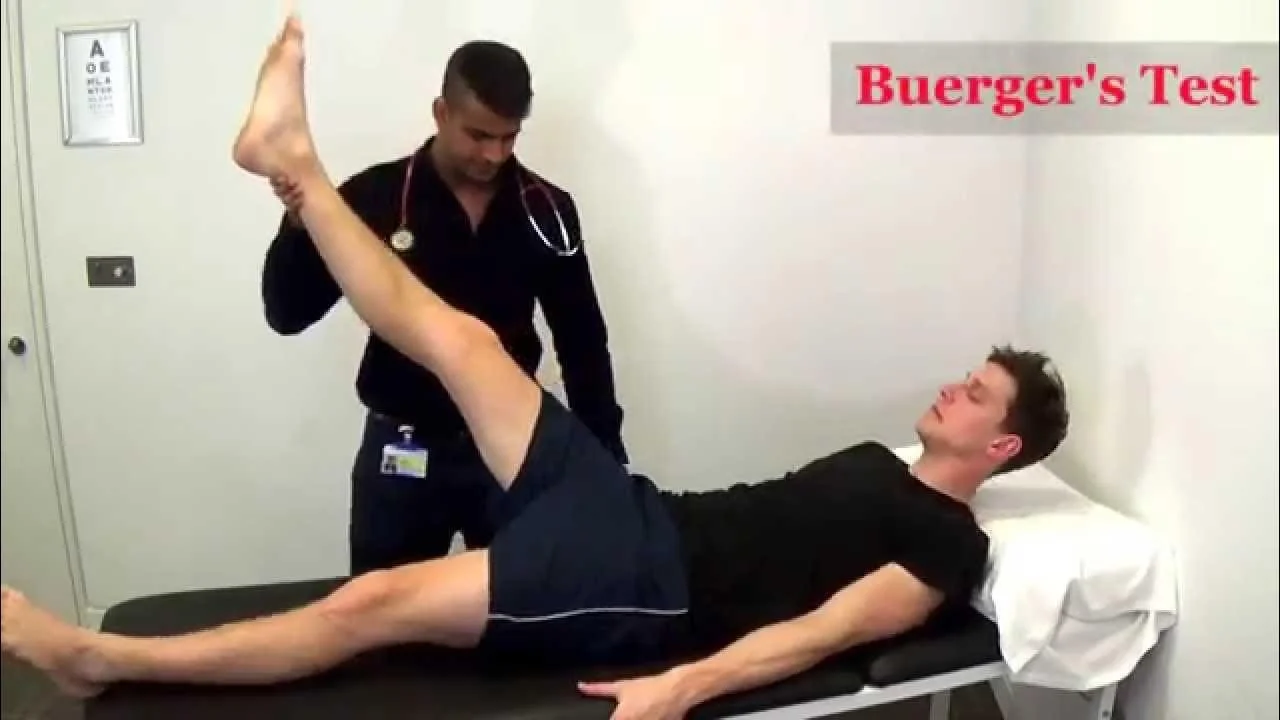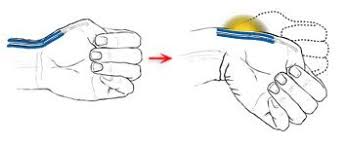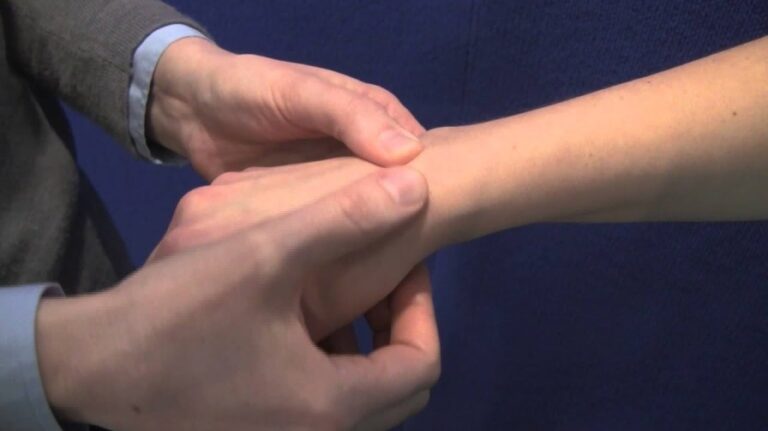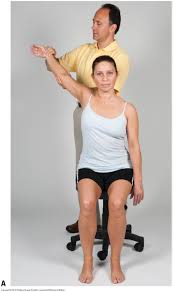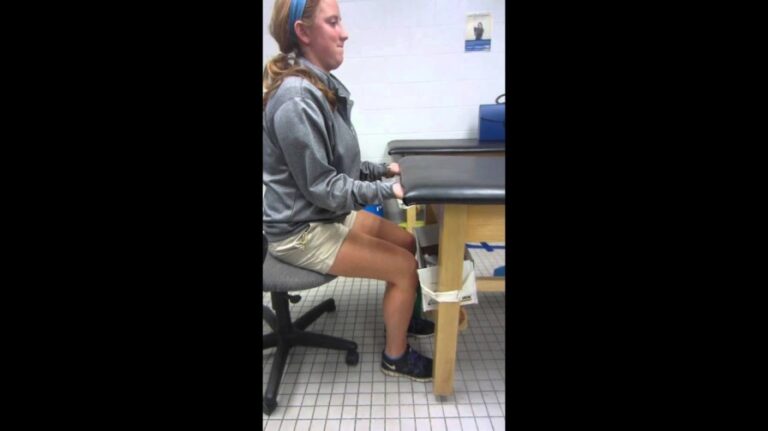Buerger’s test
What is a Buerger’s test?
Buerger’s test, also known as the Buerger’s maneuver, is indeed used to assess arterial sufficiency in the lower extremities, particularly in the legs. It is named after Dr. Leo Buerger, a physician who first described the condition now known as thromboangiitis obliterans (Buerger’s disease) in 1908.
Buerger’s disease is a rare inflammatory condition that affects the small and medium-sized arteries and veins in the extremities, leading to reduced blood flow and sometimes causing severe pain and tissue damage.
The vascular angle, or Buerger’s angle, is a measurement used during the Buerger’s test. It refers to the angle at which the leg needs to be raised in relation to the body’s position before it becomes pale. In other words, it’s the angle where the blood supply to the leg is compromised, resulting in paleness of the leg due to reduced arterial flow.
Buerger’s test Video
The Buerger’s test and Buerger’s angle are significant in assessing the severity of arterial insufficiency in individuals with Buerger’s disease or other vascular conditions affecting the legs. By evaluating the vascular angle, healthcare professionals can gain insights into the degree of arterial occlusion or compromise in the lower limbs.
Even when the limb is lifted 90 degrees, the toes and foot’s sole remain pink in a limb with normal circulation. Elevation to 15 degrees or 30 degrees for 30 to 60 seconds may result in pallor in an ischemic limb. (This examination portion looks for elevated pallor) Less than a 20-degree vascular angle suggests significant ischaemia.
In a sitting position, the foot will immediately turn pink again due to regular circulation. Peripheral artery disease causes the leg to turn pink more gradually than usual and to transition from its typical pink color to a reddish-orange color (rubor), which is frequently referred to as sunset foot. This results from the arterioles dilating in an effort to clear the metabolic waste that has accumulated in reactive hyperaemia. The foot will eventually change back to its original color. The term “check for rubor of dependency” refers to this portion of the test.
A diagnosis of erythromelalgia may also be confirmed via the test.

